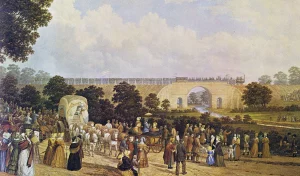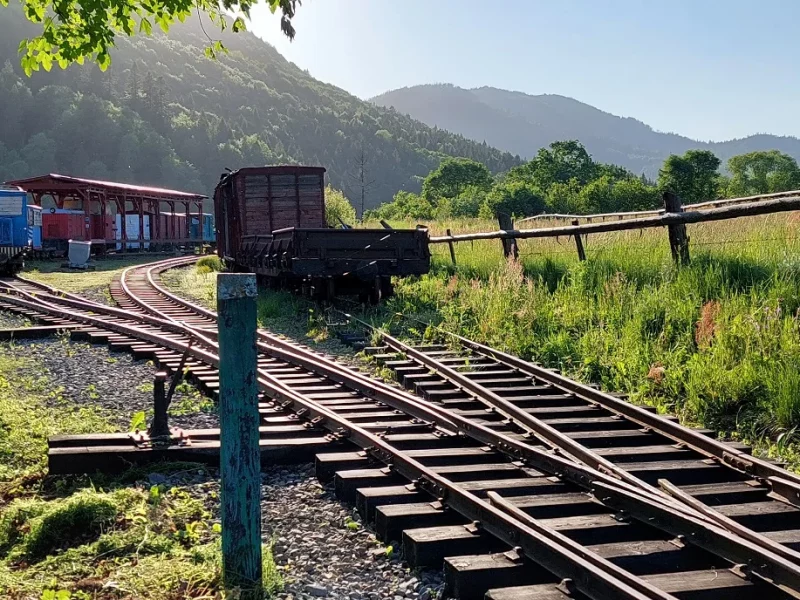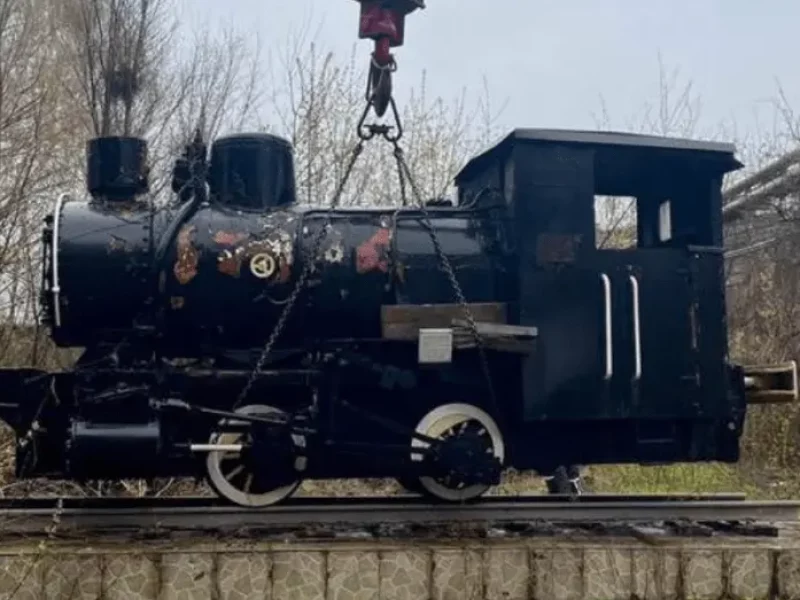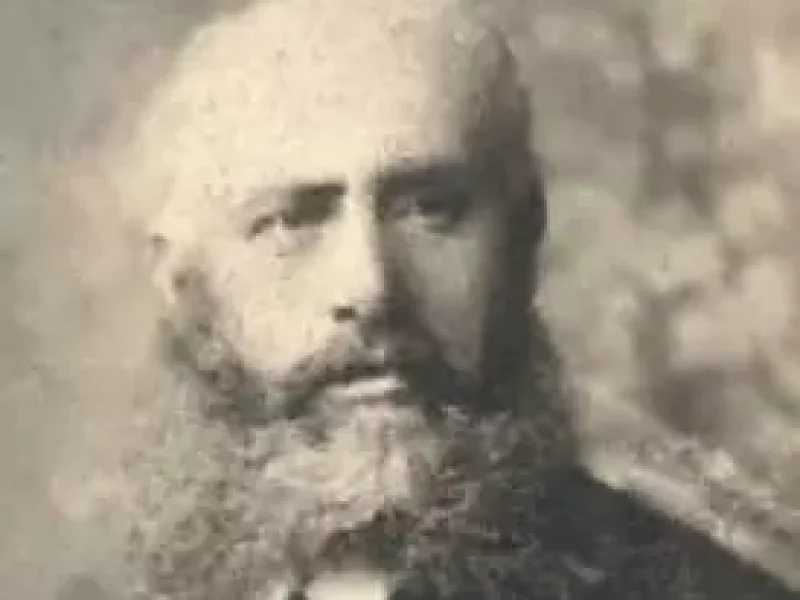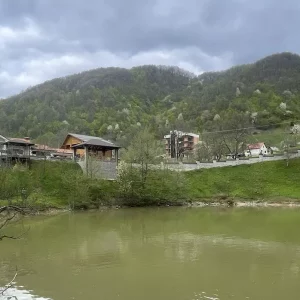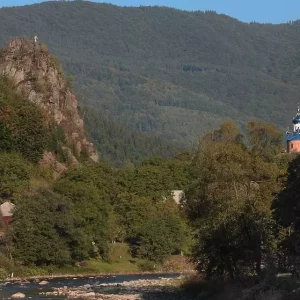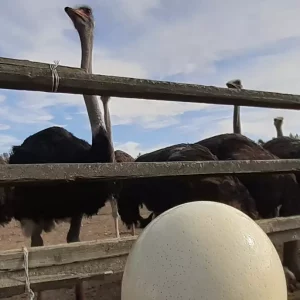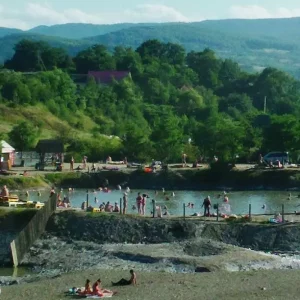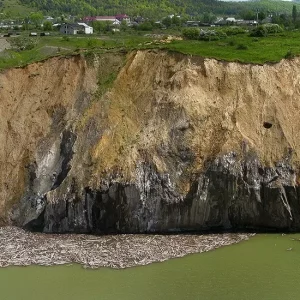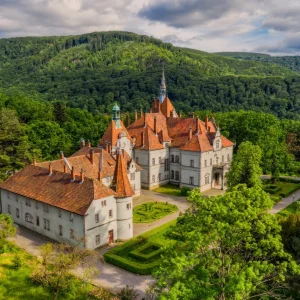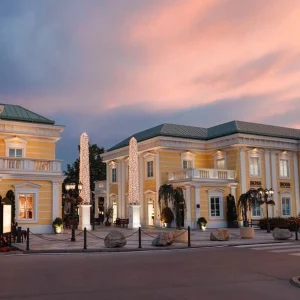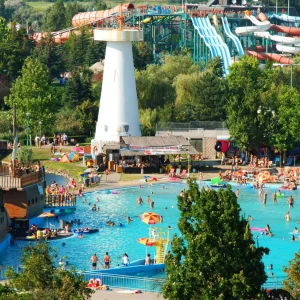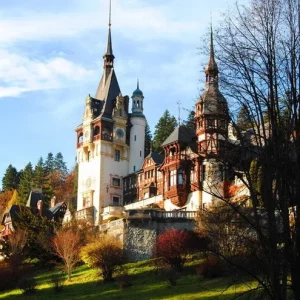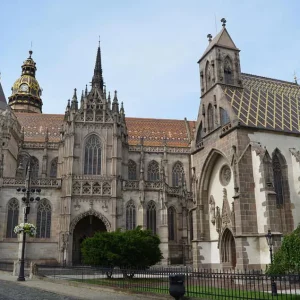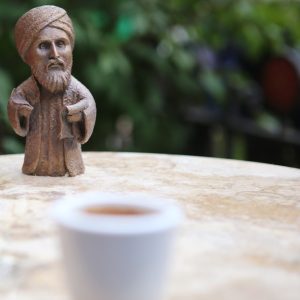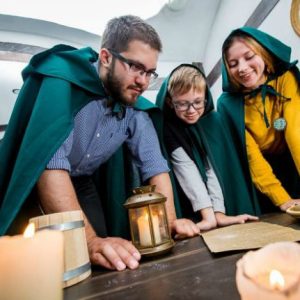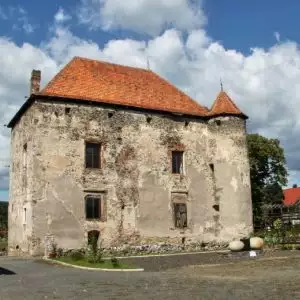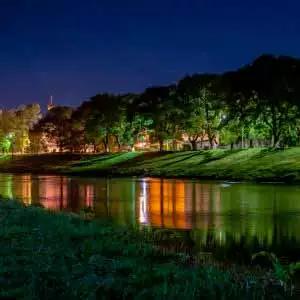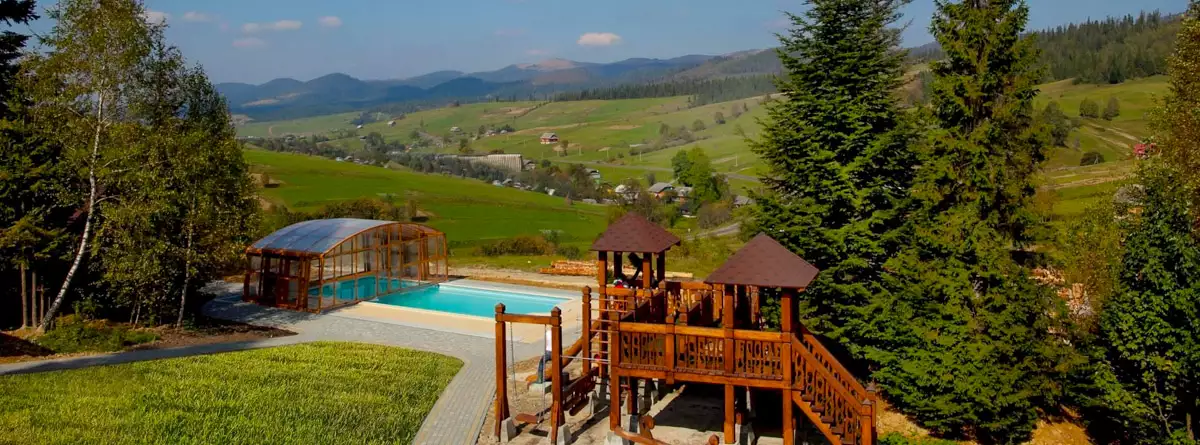The history of the Korostiv narrow-gauge railway dates back to 1888, when its construction began. The main line was completed in 1893. Taking into account the branches built later, its maximum length was 41 kilometres with a maximum angle of inclination of 2.5%. The width of this track was 800 mm. The Korostiv narrow-gauge railway was actively used for timber export and tourist routes. By the way, it was the Korostiv narrow-gauge railway that became one of the first narrow-gauge railways on the European continent to obtain a permit for tourist traffic.
Initially, the Korostiv narrow-gauge railway was owned by the Gradley Brothers, who invested in the creation of this railway. The founders of this company (Baron Albert Gredel and businessman Wilhelm Schmidt) took care of the development of the railway and paid the railway workers properly. The Gredel Brothers continued to manage the Korostiv railway after the collapse of Austria-Hungary and the occupation of Galicia by Poland, until 1939, when the Korostiv narrow-gauge railway was nationalised by the Soviet government.
The former owners sued the USSR for damages. However, the International Court of Justice refused to reimburse the cost of the narrow-gauge railway, and only satisfied the claim for compensation for the nationalisation of the Hredl Palace.
In 1947, the Korostiv narrow-gauge railway was narrowed from 800 mm to 750 mm. For some time, the narrow-gauge railway continued to be actively used by the Soviet authorities. However, soon the Korostiv narrow-gauge railway faced dark days. In 1960, the lines to Lypa and Huta were closed. The main line of the Korostiv narrow-gauge railway was completely destroyed by a major flood in 1969. Consequently, it was decided to liquidate it, and in 1970 the Korostiv narrow-gauge railway was finally dismantled.
The gradual revival of the Korostiv narrow-gauge railway began at the time of Ukraine’s independence in 2005 and continues to this day. It was in 2005 that Austrian engineer Wolfram Wendelin launched the Golden Forest Railway project on the site of the former Korostiv narrow-gauge railway. This initiative was immediately supported by numerous domestic and foreign sponsors and volunteers.
This ambitious project was launched to preserve the historical heritage of Ukraine’s narrow-gauge railways, promote railways among young people, and promote green and railway tourism in the Carpathian region.
Immediately, in 2005, the company began to fill the Korostiv narrow-gauge railway with rolling stock. For this purpose, a large trolley of the closed narrow-gauge railway in Osmoloda and a covered carriage of the Lviv Children’s Railway were purchased. The restoration of the trolley was completed in 2007, and the exhibits themselves were placed in the Skole Beskydy National Park.
Later, a narrow-gauge activist from Kyiv, Dmytro Babaryka, joined the project. He donated as many as 5 drayzins to the Korostiv narrow-gauge railway.
In the autumn of 2007, the volunteers of the Korostiv narrow-gauge railway purchased a PD-1 motorised trolley, which had previously been located in Antonivka (Rivne region).
In February 2008, thanks to sponsorship and donations, one of the most interesting exhibits of the Korostiv narrow-gauge railway was purchased – an old CO-750 snowplow that used to operate at the railway of the basalt quarry in Berestovka (Rivne region).
In May 2008, two covered freight cars from Rokytne (Rivne region) were purchased for the Korostiv narrow-gauge railway. However, due to the disagreement of the Skole NNP management, they could not be placed together with other exhibits in the management yard. However, volunteers and activists found a way out of this situation and agreed with local businessmen to place these cars on the territory of a petrol station next to the station.
After the start of the full-scale Russian invasion of Ukraine in 2022, the Korostiv narrow-gauge railway became a refuge for numerous exhibits from Antonivka, which were relocated here due to the security situation.
In 2023, several hundred metres of the Korostiv narrow-gauge railway were restored thanks to enthusiasts and volunteers. For this purpose, we used authentic elements of narrow-gauge tracks preserved in different parts of Ukraine. In addition, the rolling stock was restored and the track was launched for tourist travel.
Nowadays, the Korostiv narrow-gauge railway is a wonderful open-air museum that is actively and dynamically developing solely at the expense of sponsorship and donations. The Korostiv Narrow Gauge Railway Museum is an extremely popular tourist destination that attracts the interest of many travellers.
